Recommended sushi restaurants in Yamagata, Japan
-

Yamagata0035 Al-che-cciano Concerto
Sushi restaurant in Yamagata [SUSHILIVE comment] -


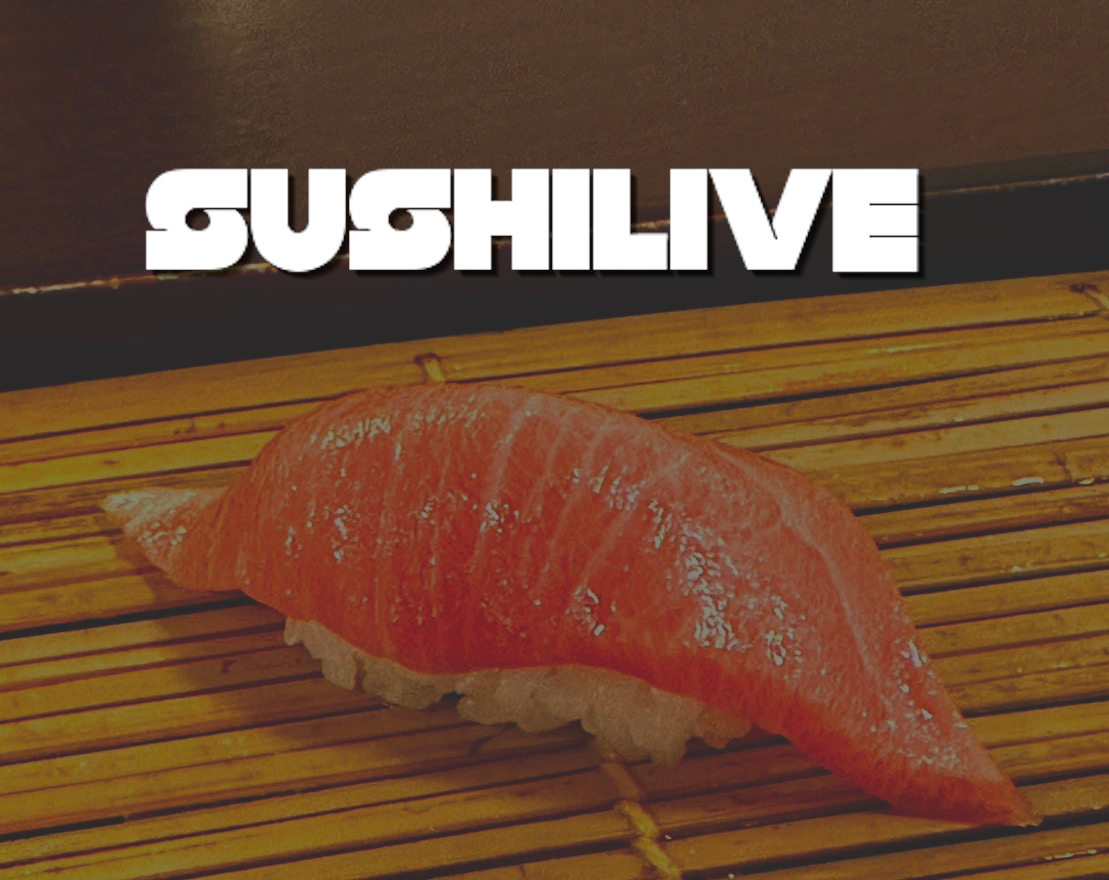
Yuzuan Yamagata
Sushi restaurant in Yamagata [SUSHILIVE comment] -



Soshoku Kitchen Hashimotoya
Sushi restaurant in Yamagata [SUSHILIVE comment] -



Hamazushi Yamagata Umamigasaki
Sushi restaurant in Yamagata [SUSHILIVE comment] -



Sushiro Yamagata Minami
Sushi restaurant in Yamagata [SUSHILIVE comment] -



Nambara Taisuke Sushi
Sushi restaurant in Yamagata [SUSHILIVE comment] -



Sushiro Yamagata Kita
Sushi restaurant in Yamagata [SUSHILIVE comment] -



Kappa Sushi Yamagata Shima
Sushi restaurant in Yamagata [SUSHILIVE comment] -



Ishiyama Sushi
Sushi restaurant in Yamagata [SUSHILIVE comment] -



Muzoe Kurazushi Yamagata Minamikan
Sushi restaurant in Yamagata [SUSHILIVE comment] -



ipponzushi
Sushi restaurant in Yamagata [SUSHILIVE comment] -



Umaizushi Kan Yamagata Minami Branch
Sushi restaurant in Yamagata [SUSHILIVE comment] -



Muzue Kurarazushi Yamagata Umamigasaki
Sushi restaurant in Yamagata [SUSHILIVE comment] -



Kappa Sushi Yamagata Motoki
Sushi restaurant in Yamagata [SUSHILIVE comment] -



Hamazushi Shinjo
Sushi restaurant in Yamagata [SUSHILIVE comment] -



Sushi Kappou Suzuki
Sushi restaurant in Yamagata [SUSHILIVE comment] -



Lily Sushi
Sushi restaurant in Yamagata [SUSHILIVE comment] -



Kisugi (Sushi, Japanese cuisine)
Sushi restaurant in Yamagata [SUSHILIVE comment] -



sushi restaurant
Sushi restaurant in Yamagata [SUSHILIVE comment] -



Mawaru Sushi Tasuke, Kitamachi Branch (Tasuke)
Sushi restaurant in Yamagata [SUSHILIVE comment] -



Mawaru Sushi Tasuke Akanegaoka
Sushi restaurant in Yamagata [SUSHILIVE comment] -



sushi barrel
Sushi restaurant in Yamagata [SUSHILIVE comment] -



bentenzushi
Sushi restaurant in Yamagata [SUSHILIVE comment] -



sushi with flowers
Sushi restaurant in Yamagata [SUSHILIVE comment] -



Date Castle Sushi
Sushi restaurant in Yamagata [SUSHILIVE comment] -



Wakaba Sushi
Sushi restaurant in Yamagata [SUSHILIVE comment] -



鮨善
Sushi restaurant in Yamagata [SUSHILIVE comment] -



Wakona Sushi
Sushi restaurant in Yamagata [SUSHILIVE comment] -



Maruko-zushi
Sushi restaurant in Yamagata [SUSHILIVE comment] -



Seizushi
Sushi restaurant in Yamagata [SUSHILIVE comment]
Recommended conveyor belt sushi restaurants in Yamagata, Japan
-


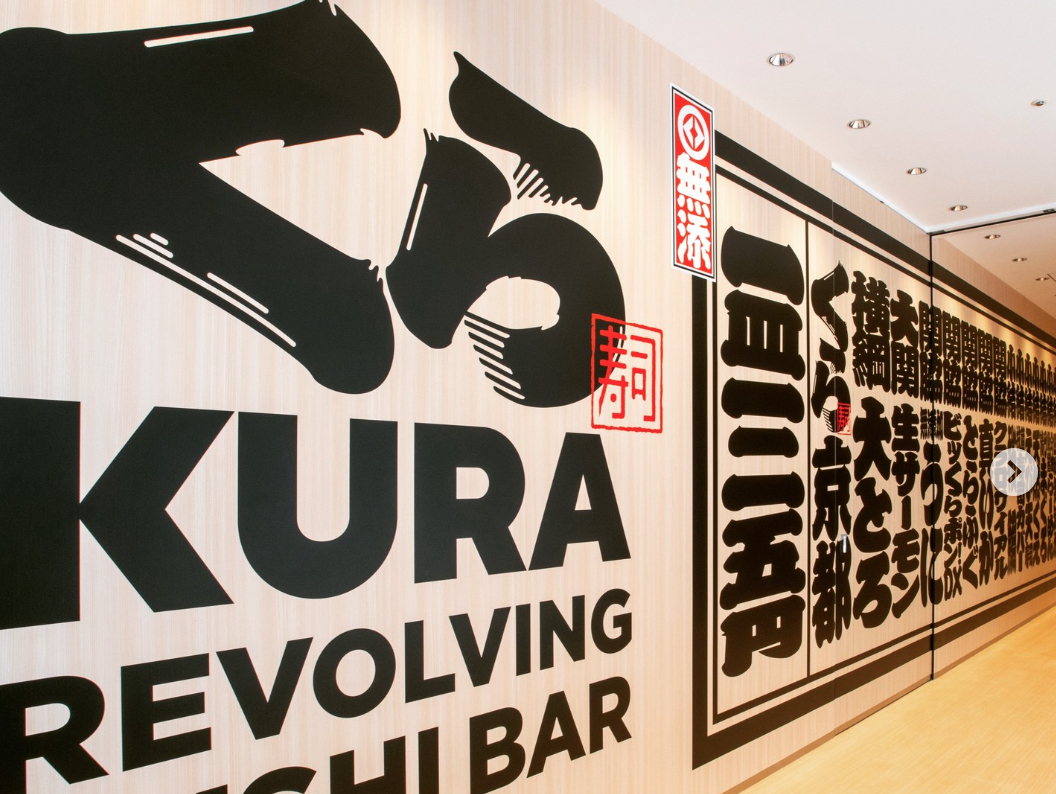
Kura Sushi Yamagata Umamigasaki Store
Sushi restaurant in Yamagata [SUSHILIVE comment] -


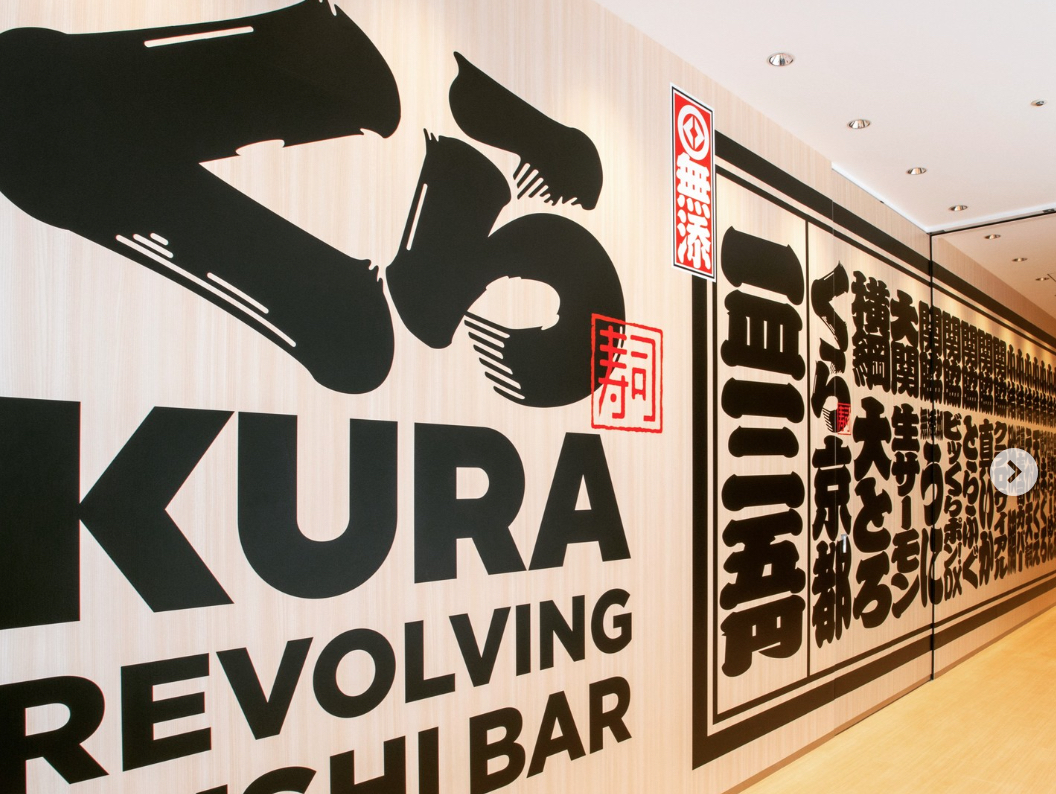
Kura Sushi Yonezawa Store
Sushi restaurant in Yamagata [SUSHILIVE comment] -


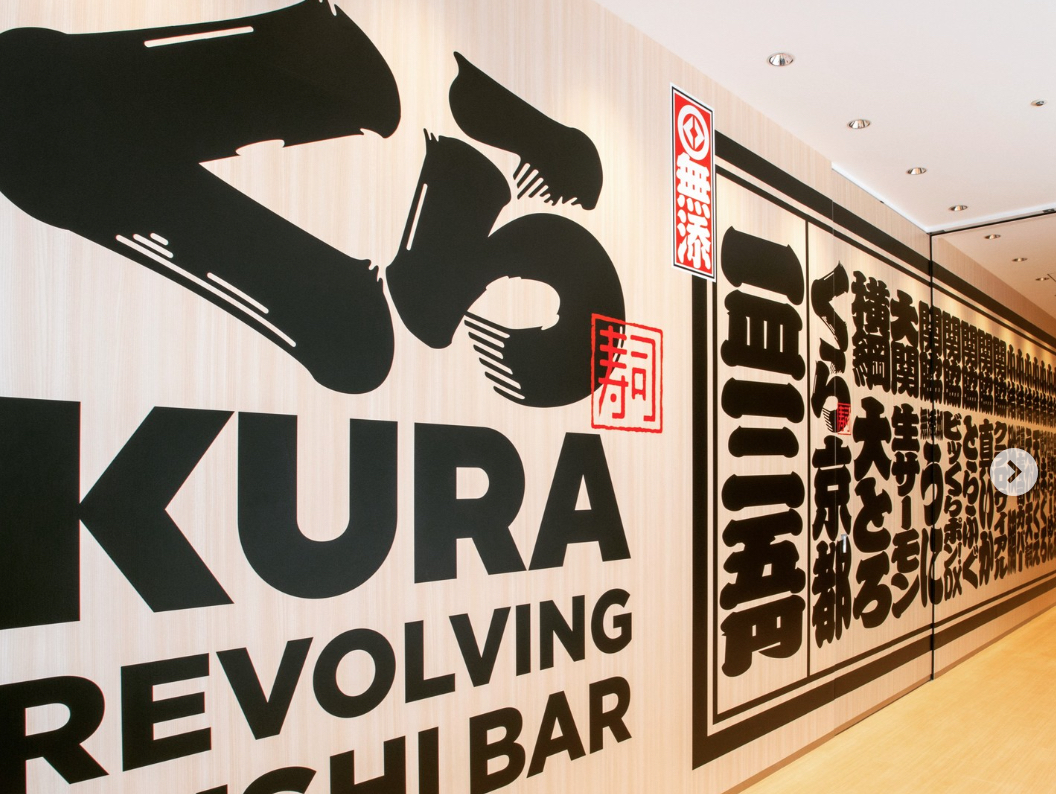
Kura Sushi Tsuruoka Sunadacho Store
Sushi restaurant in Yamagata [SUSHILIVE comment] -


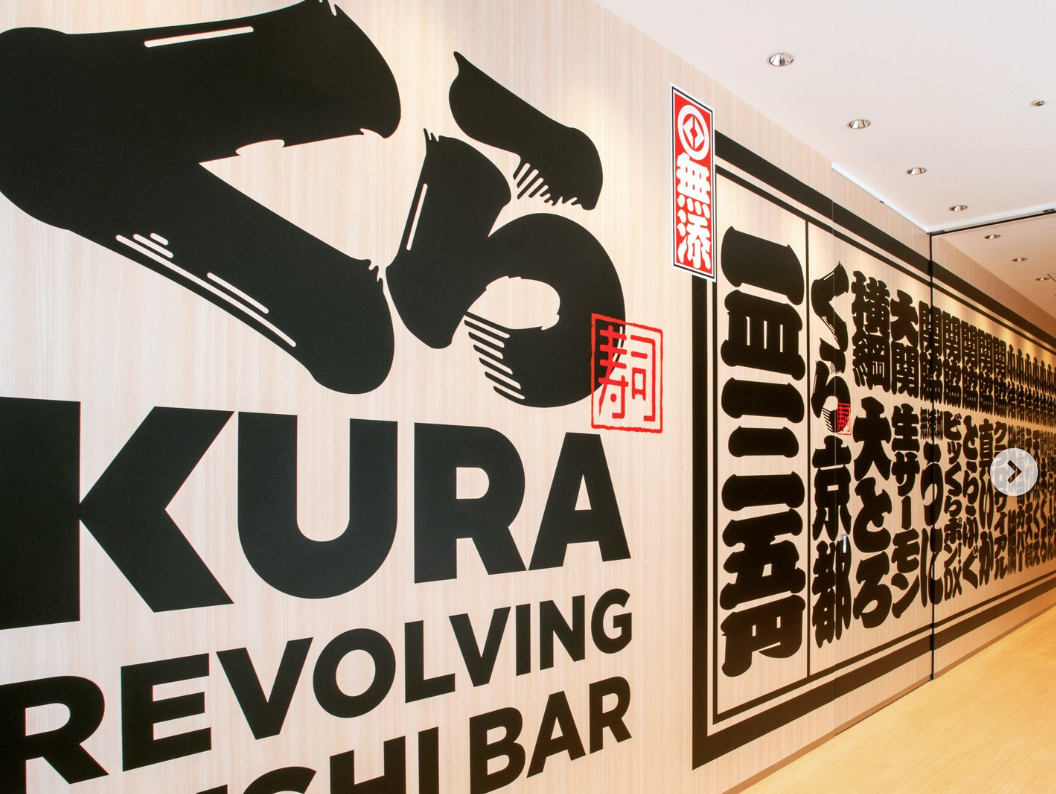
Kura Sushi Yamagata Minamikan Store
Sushi restaurant in Yamagata [SUSHILIVE comment] -


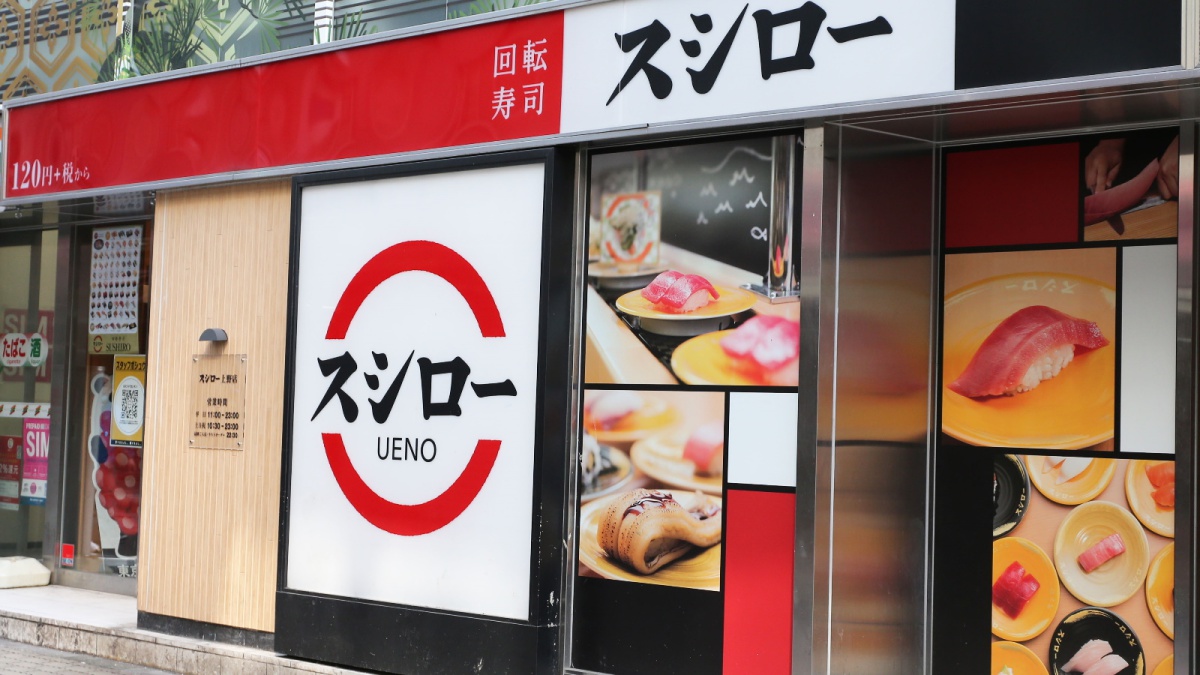
Sushiro Yamagata North
Sushi restaurant in Yamagata [SUSHILIVE comment] -


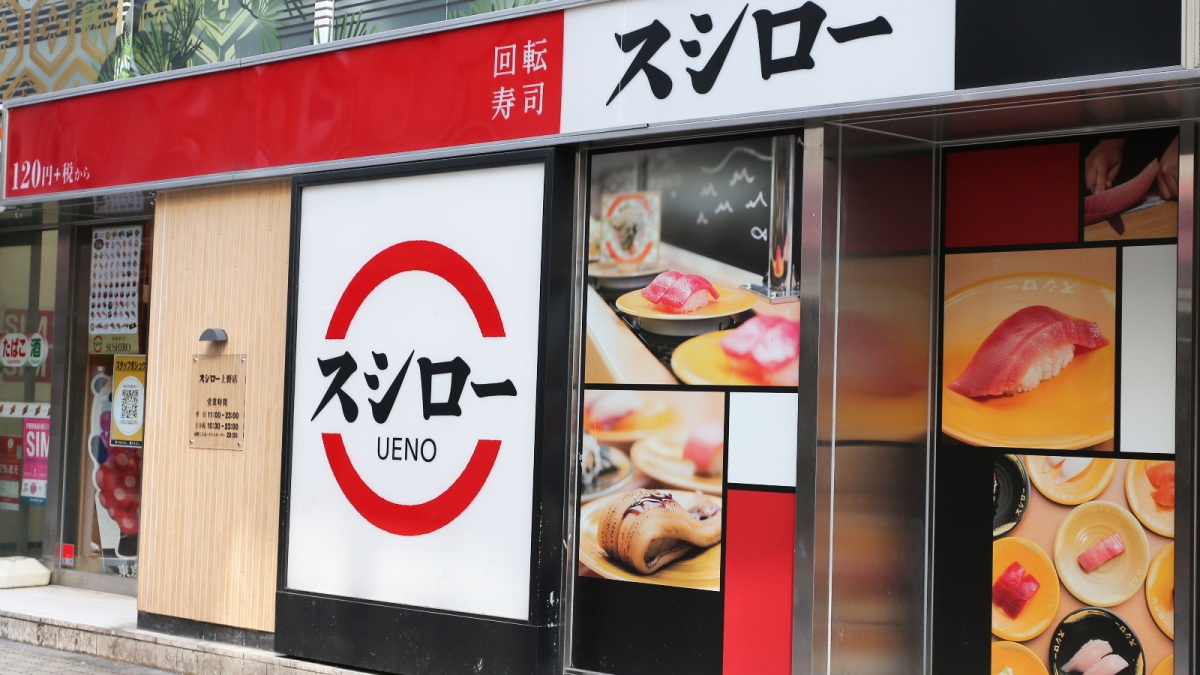
Sushiro Yamagata South
Sushi restaurant in Yamagata [SUSHILIVE comment] -


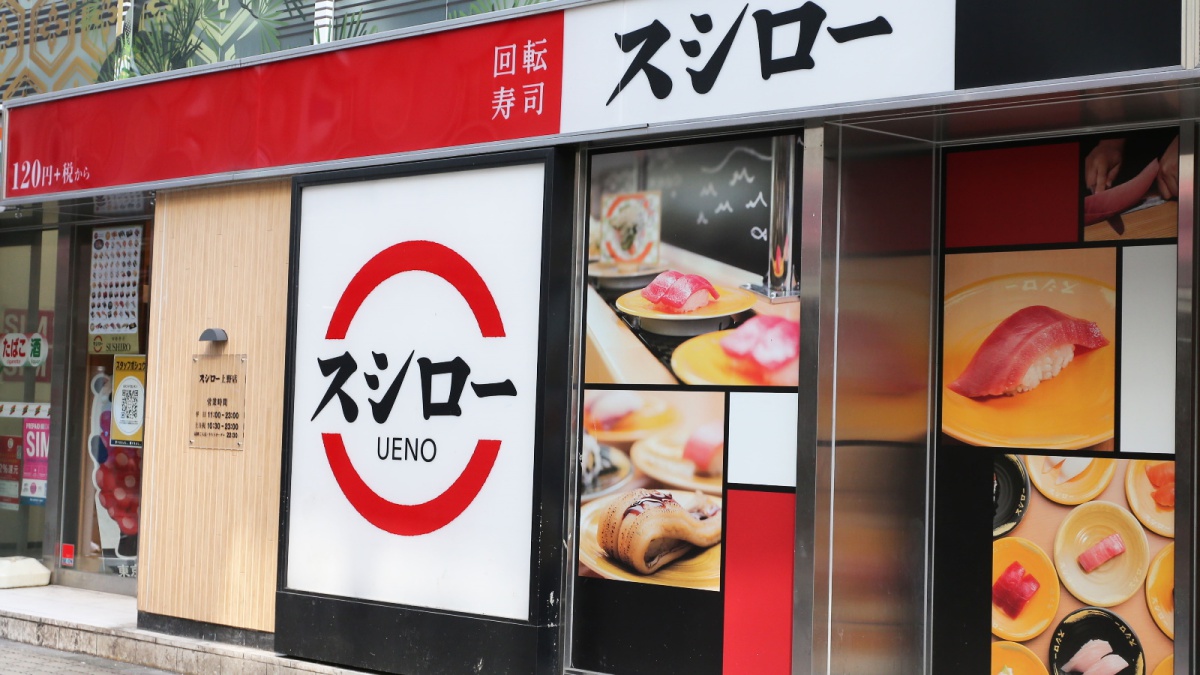
Sushiro heavenly child
Sushi restaurant in Yamagata [SUSHILIVE comment] -


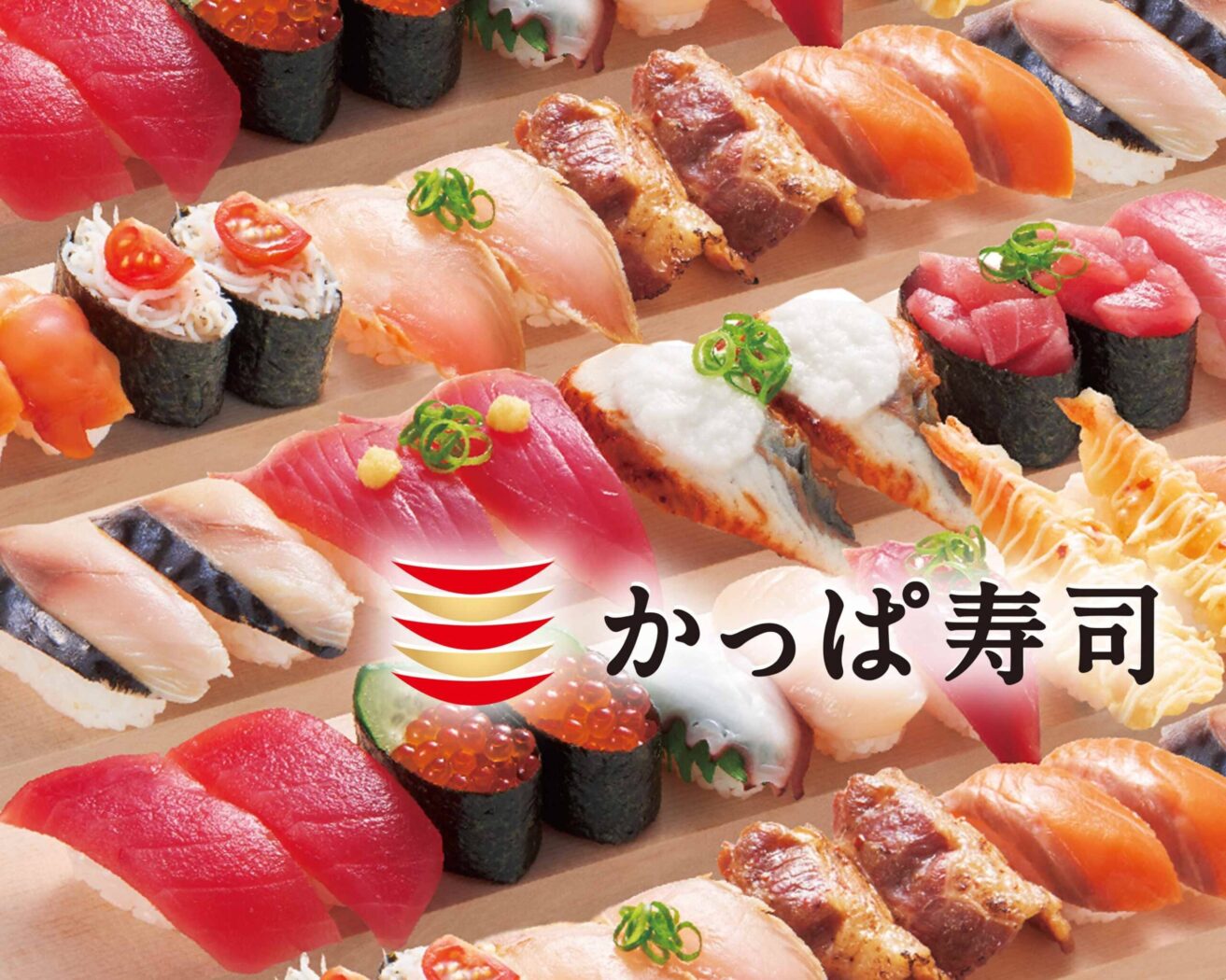
Kappa sushi Nitori Hanhee
Sushi restaurant in Yamagata [SUSHILIVE comment] -


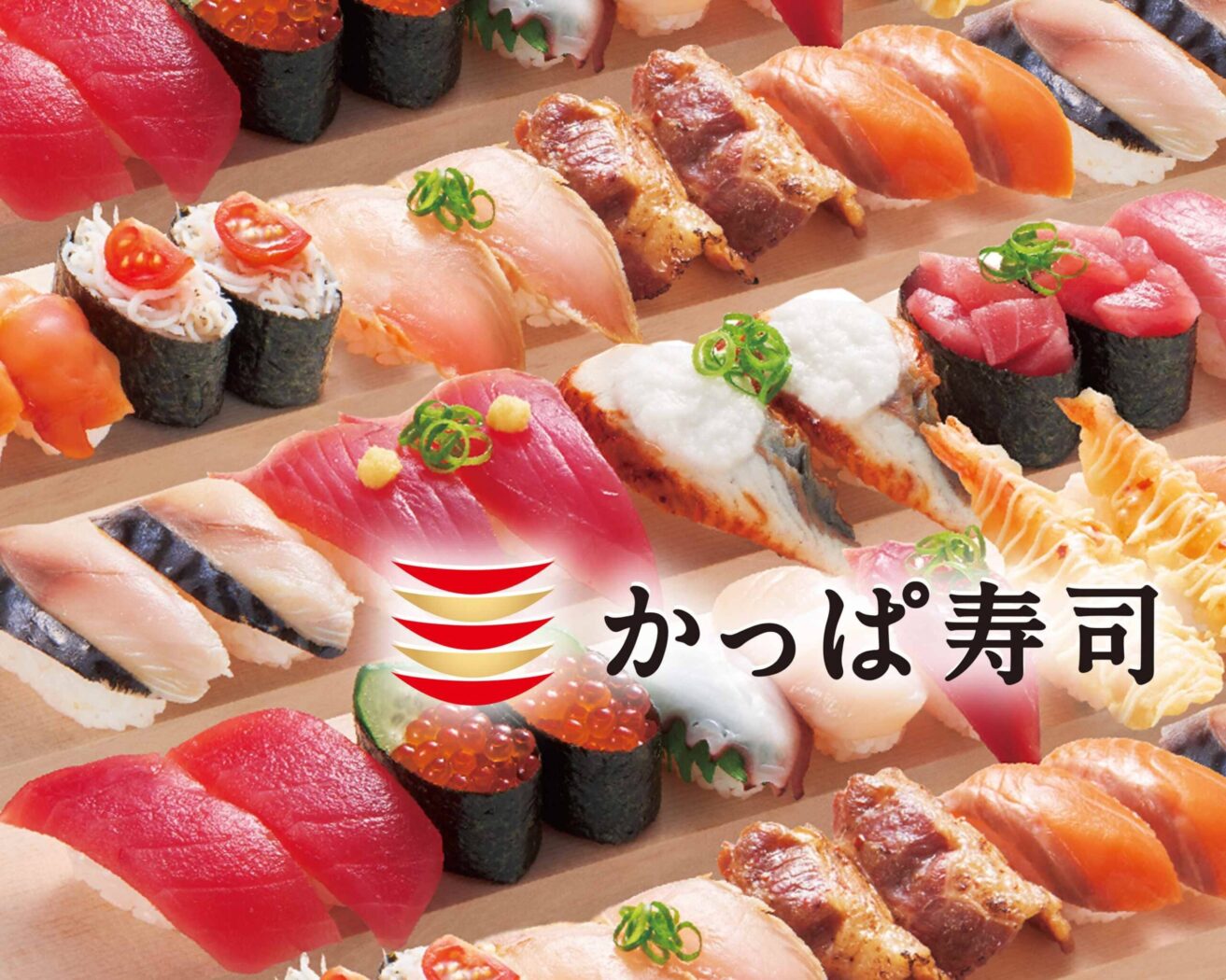
Kappa sushi Tendo Shop
Sushi restaurant in Yamagata [SUSHILIVE comment] -


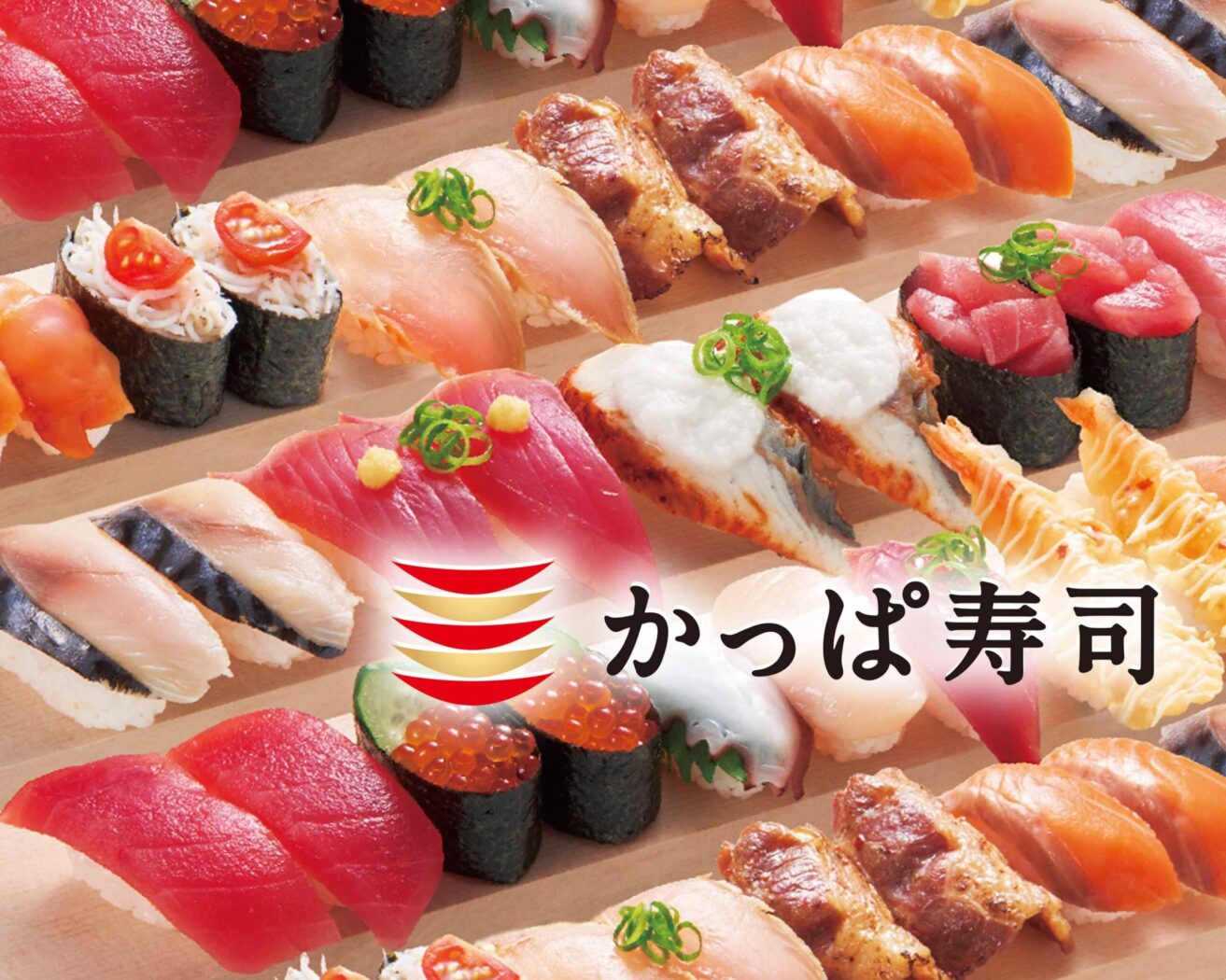
Kappa sushi Nanyang Store
Sushi restaurant in Yamagata [SUSHILIVE comment] -


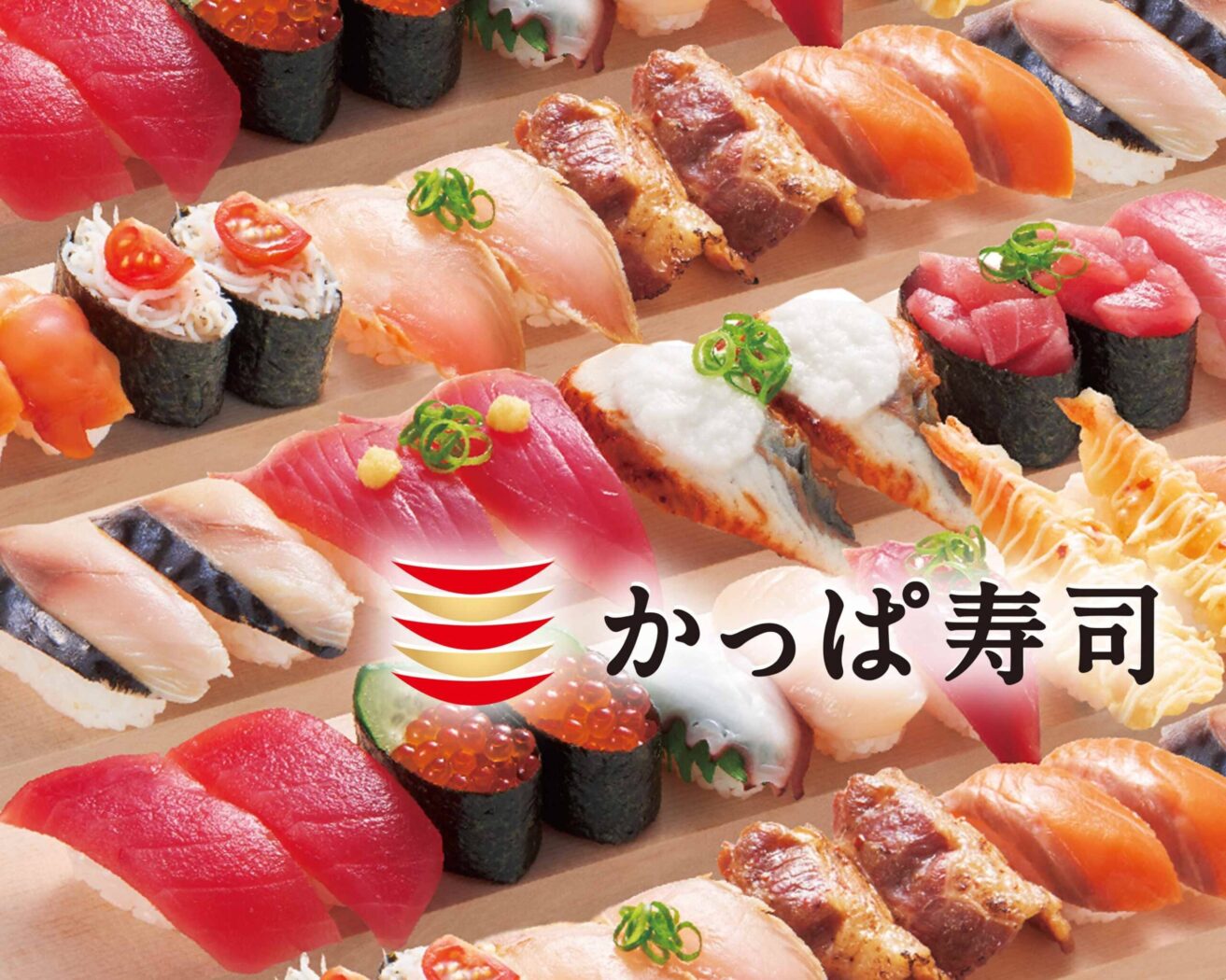
Kappa sushi Sakuranbo Higashine
Sushi restaurant in Yamagata [SUSHILIVE comment] -


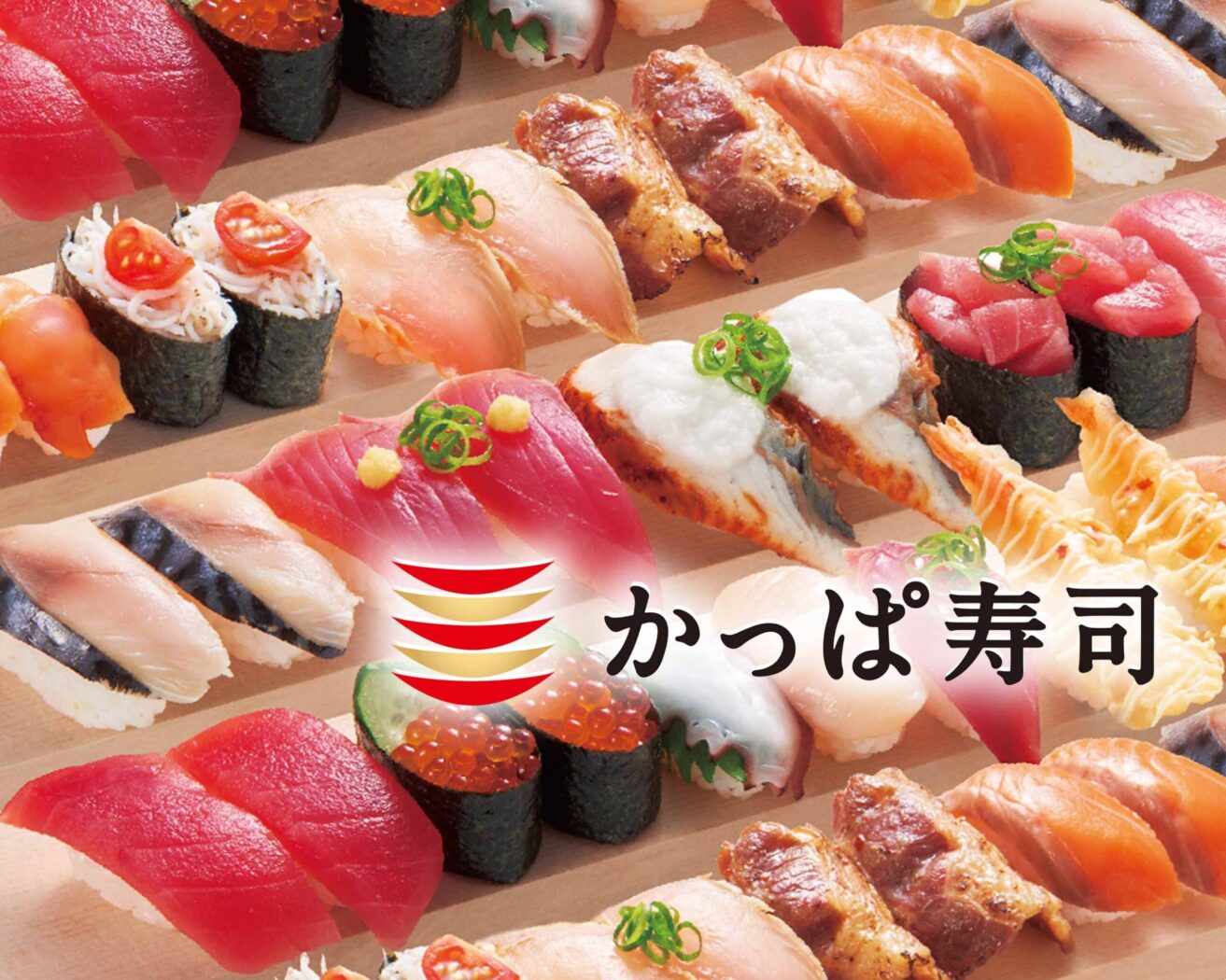
Kappa sushi Sakata Store
Sushi restaurant in Yamagata [SUSHILIVE comment] -


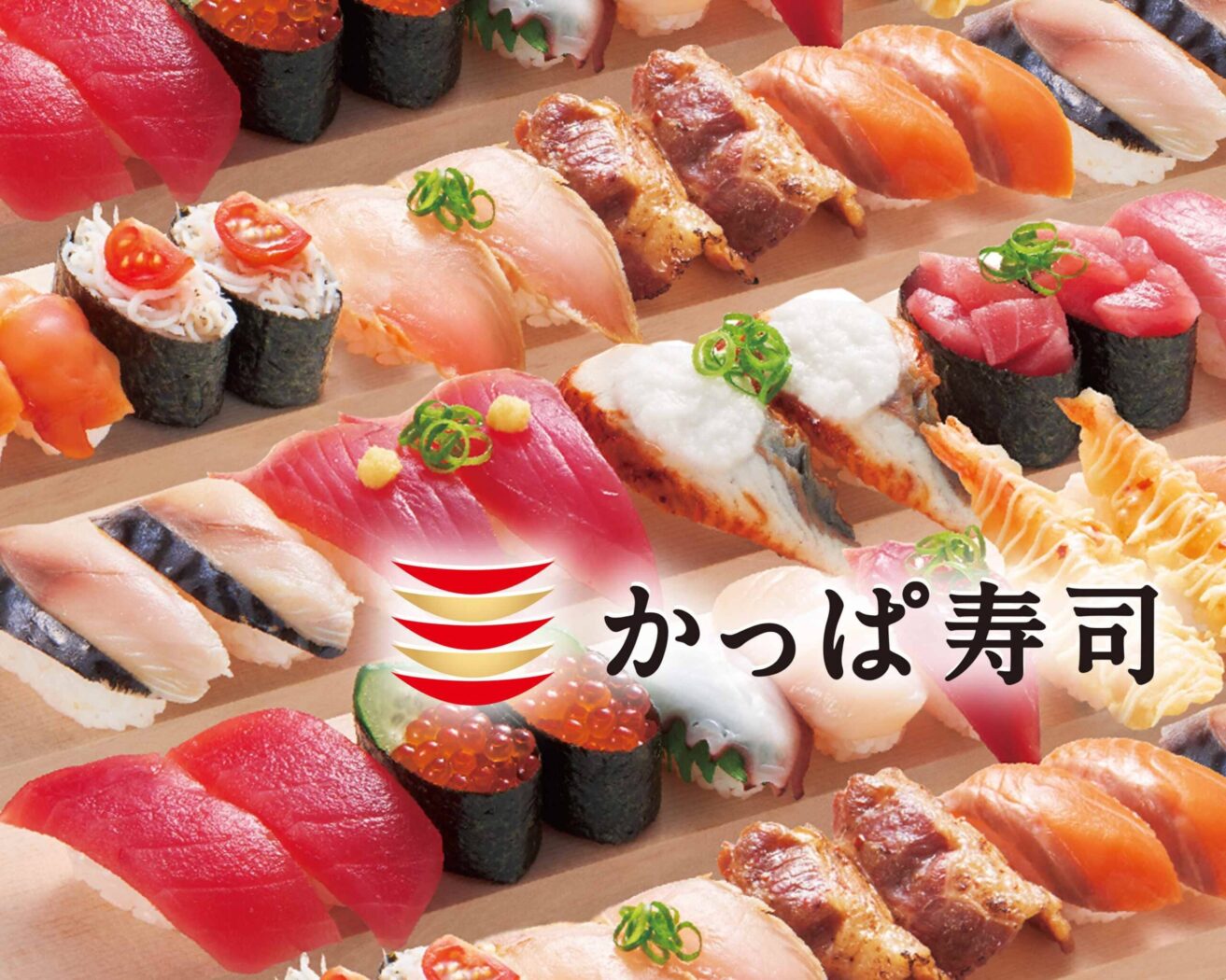
Kappa sushi Yamagata Island Store
Sushi restaurant in Yamagata [SUSHILIVE comment] -


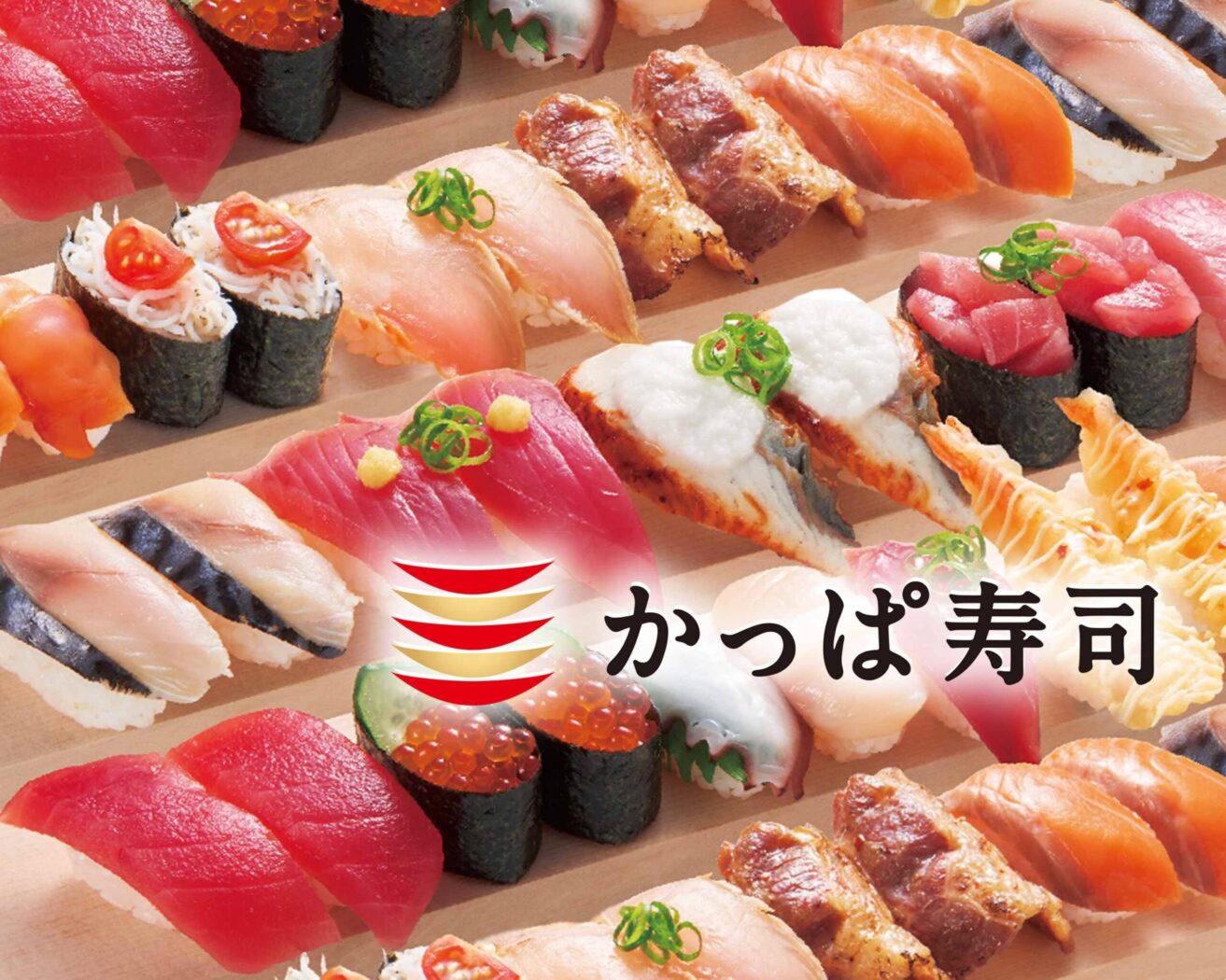
Kappa sushi Yonezawa Store
Sushi restaurant in Yamagata [SUSHILIVE comment] -


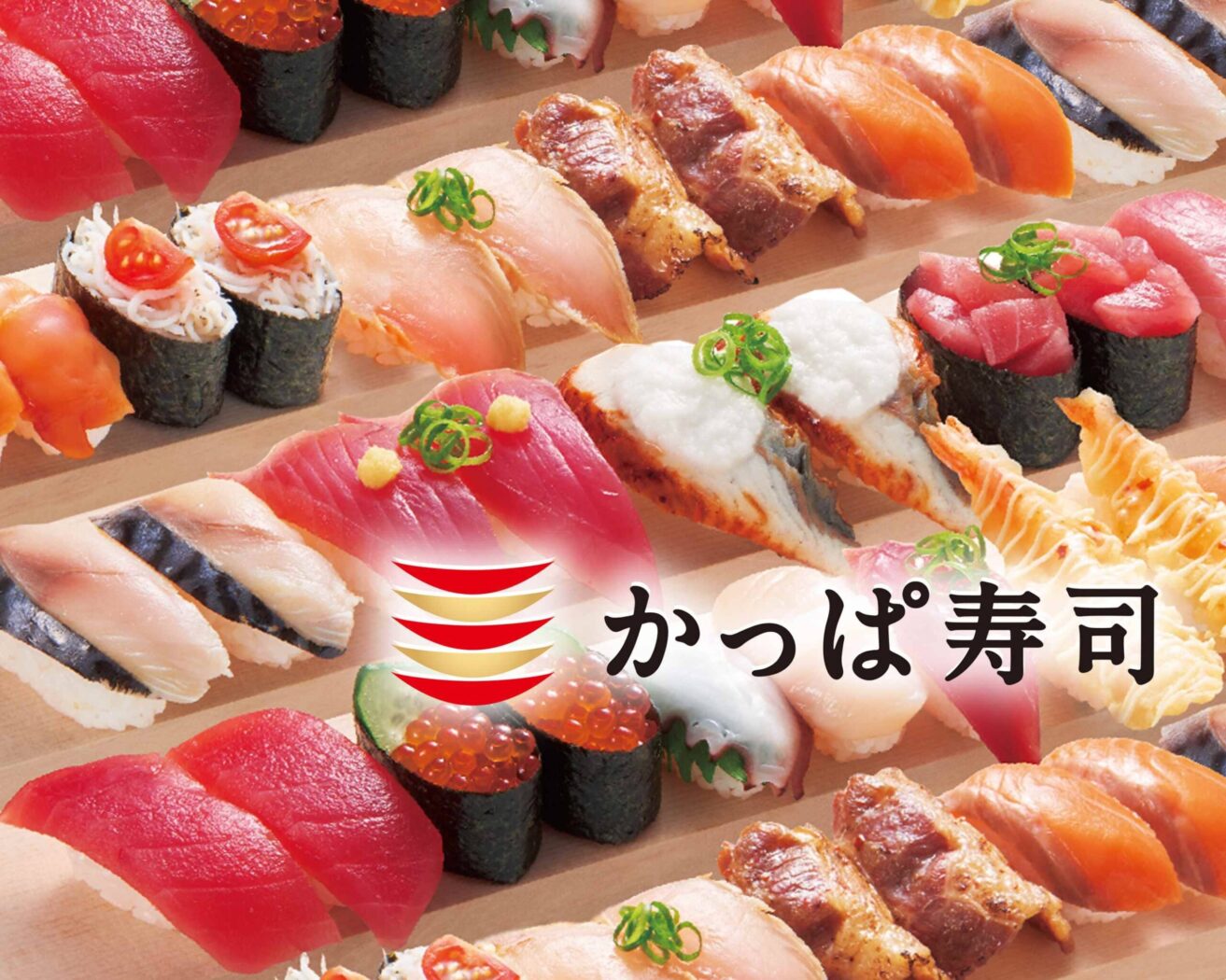
Kappa sushi Nitori Sakata Kita
Sushi restaurant in Yamagata [SUSHILIVE comment] -


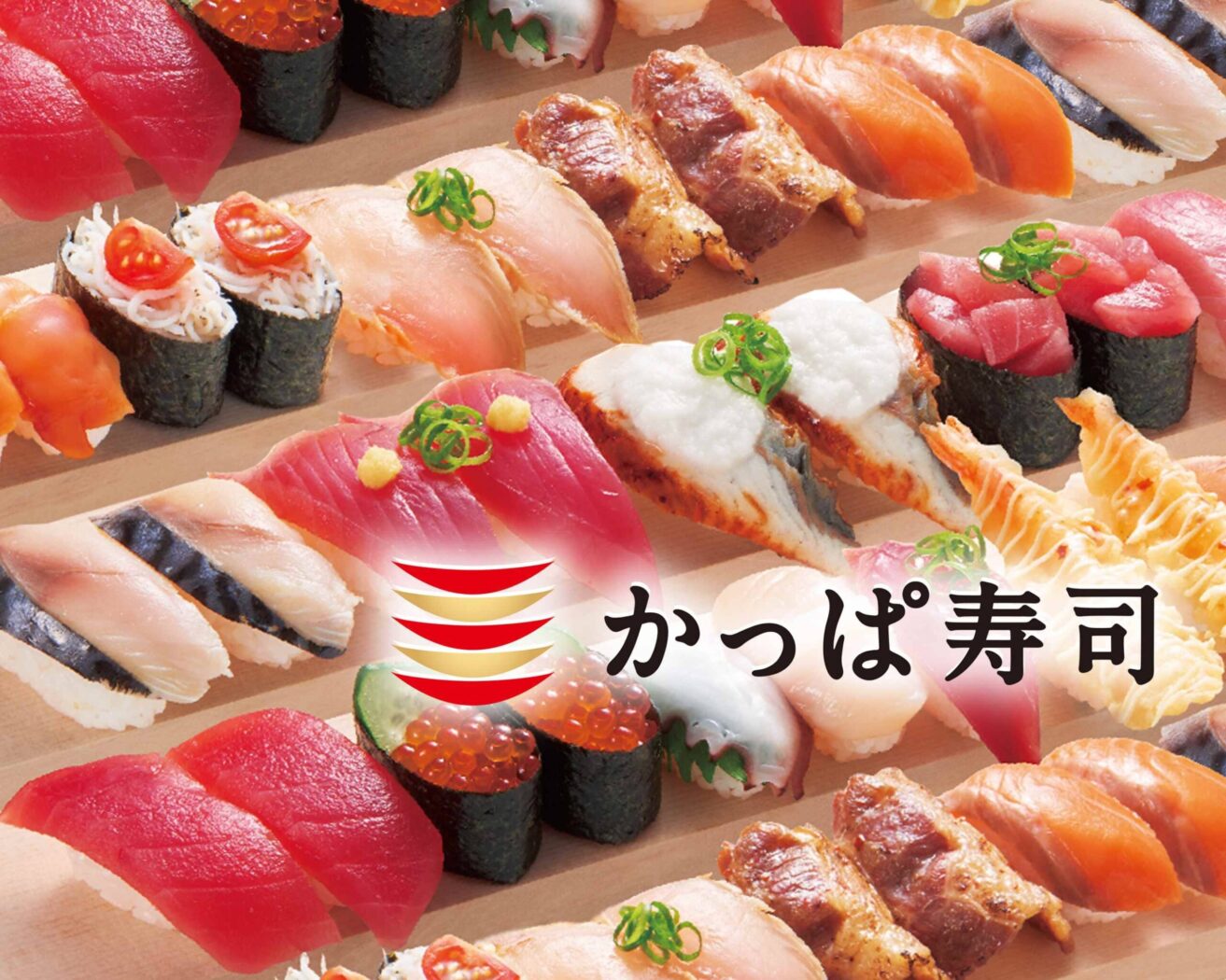
Kappa sushi Xinzhuang Store
Sushi restaurant in Yamagata [SUSHILIVE comment] -


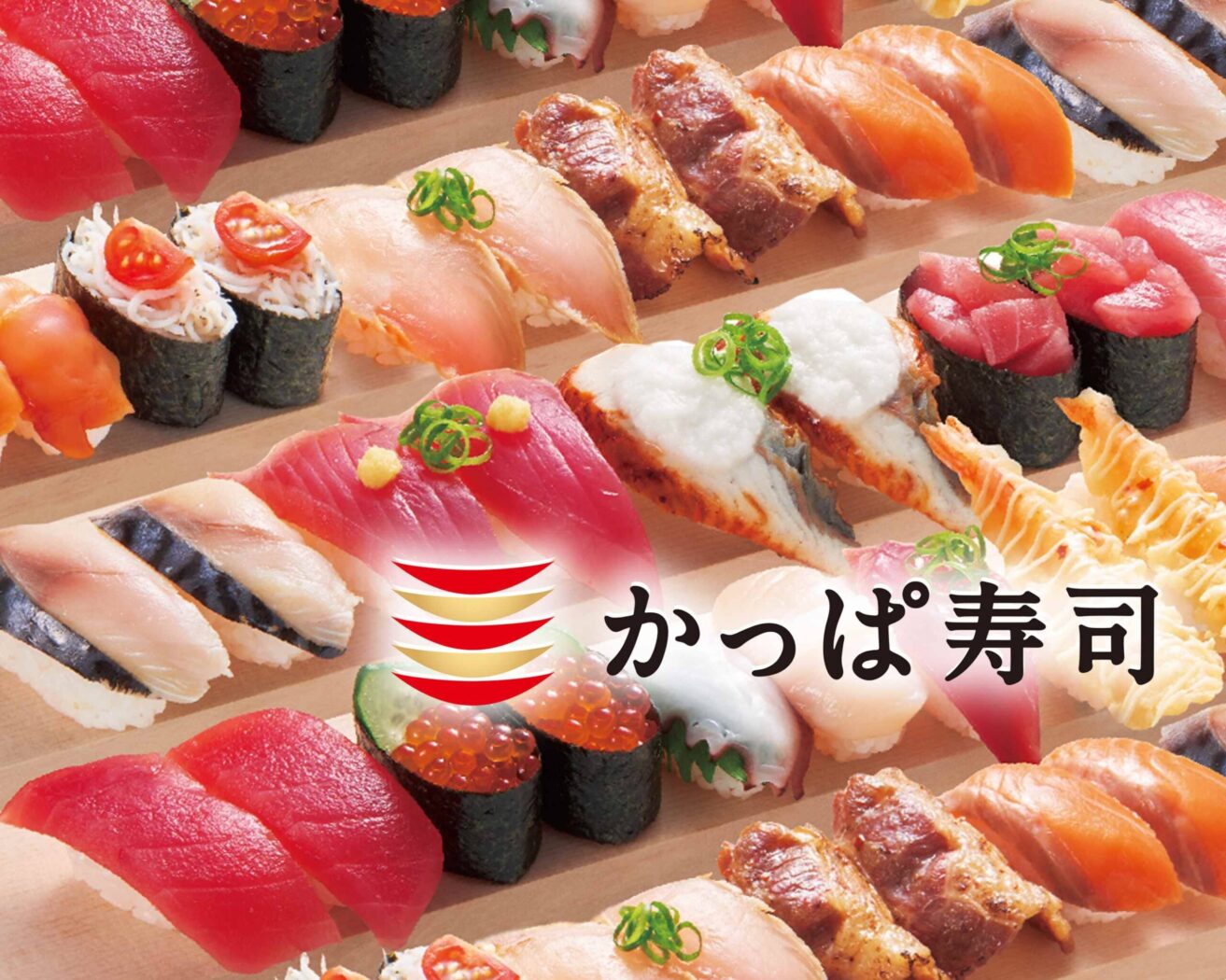
Kappa sushi Nitori Yamagata Motoki
Sushi restaurant in Yamagata [SUSHILIVE comment] -


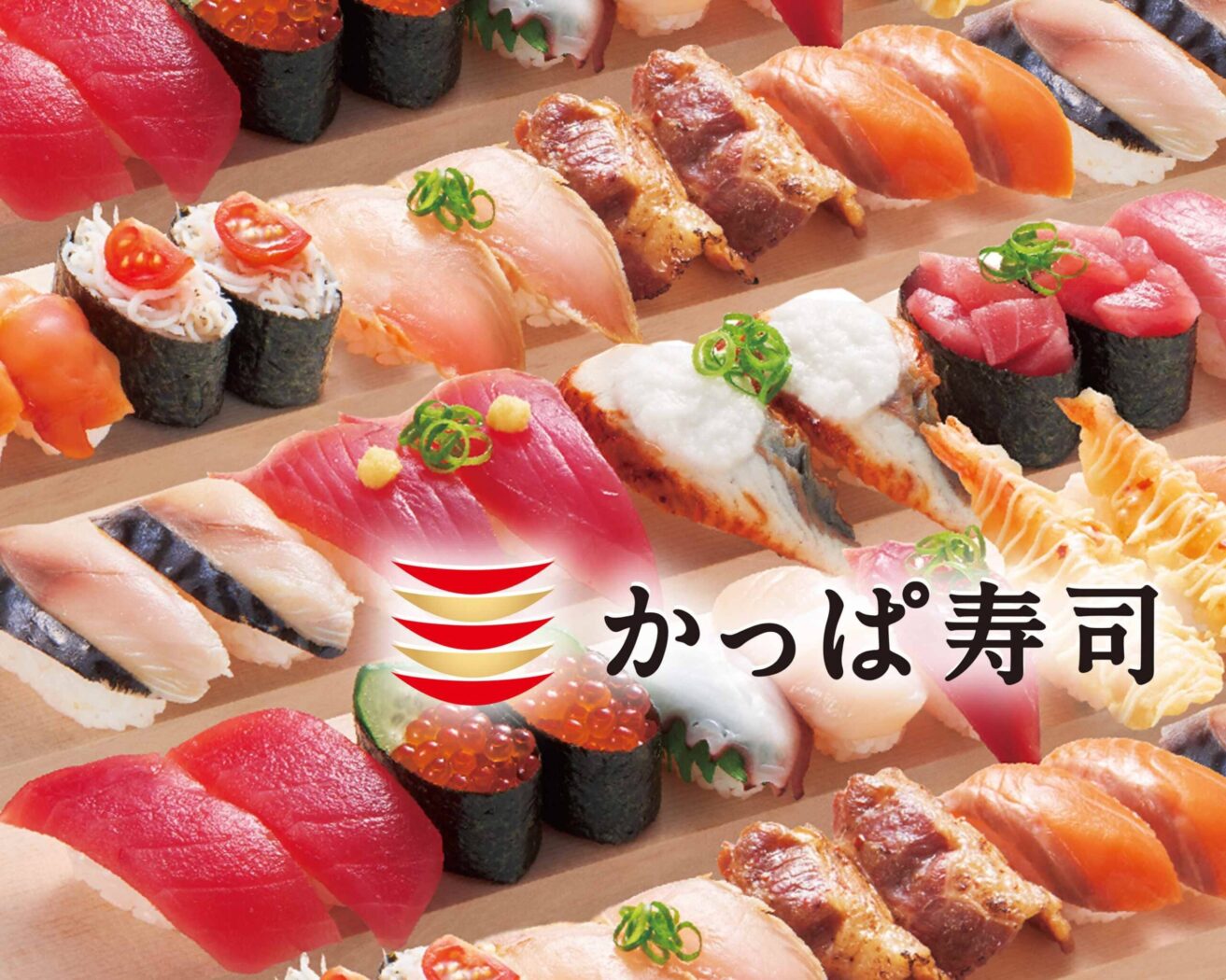
Kappa sushi Tsuruoka Branch
Sushi restaurant in Yamagata [SUSHILIVE comment]
Characteristics of Yamagata’s Cuisine
“Yamagata: A Tapestry of Rich Nature and Traditional Culture
Yamagata Prefecture is characterized by its diverse geography, surrounded by the Ou and Dewa mountain ranges, featuring a basin terrain, as well as coastlines facing the Sea of Japan. The mountainous regions, being heavy snow areas, have long been centers for rice cultivation and forestry. Conversely, the coastal areas enjoy a warmer climate, thriving in fishing and fruit cultivation.
Economically, Yamagata is predominantly agricultural, known nationally for its rice, cherries, and La France pears, among other fruits, boasting significant production volumes. In recent years, tourism and the service industry have also been flourishing, contributing to the revitalization of the prefectural economy.
The Land Shaped by Nature and History
In the mountainous areas of Yamagata, rice cultivation and forestry have thrived from ancient times, nurturing a rich natural environment and traditional culture. The coastal areas leverage the warm climate for vibrant fishing and fruit cultivation.
Yamagata’s history is deep-rooted, with traces of human activity dating back to the Jomon period. It was known as Dewa Province in ancient times, often a battleground with the Emishi. During the Edo period, it flourished as a commercial city, connected to Edo (Tokyo) through the Mogami River boat transport.
Yamagata’s culture is significantly influenced by its natural surroundings and history, with unique traditions in folk songs, festivals, and crafts. It’s also famous for local specialties like Yonezawa beef, cherries, and La France pears, products of its rich nature.
Recently, Yamagata has gained popularity as a tourist destination, with attractions like Zao Onsen, Ginzan Onsen, historic temples like Yamadera and Risshakuji, and natural landscapes like Mount Chokai and Mount Gassan.
Yamagata, with its culture and cuisine shaped by a rich environment and history, continues to enchant visitors, truly a treasure of Japan.
A Kingdom of Food, Yamagata
Yamagata boasts a rich food culture, often referred to as a “Kingdom of Food,” backed by diverse natural settings, historical and traditional influences, and the ingenuity of its people.
The varied terrains, from mountains to coastlines and basins, nurture a wide array of ingredients. The food culture, deeply rooted in tradition, continues today, with locals creatively making the most of the ingredients at their disposal.
Prominent Yamagata ingredients include rice, cherries, La France pears, and Yonezawa beef. The region also sees the development of new dishes and sweets using local ingredients, continually evolving its status as a food kingdom.
Yamagata: Sushi Culture Woven from Sea and Mountain Delights
Yamagata’s sushi culture is shaped by its rich natural environment, featuring both marine and mountainous bounty.
Characteristics of Yamagata’s sushi culture include:
- Fresh seafood: Sushi made with fresh seafood from the Sea of Japan, especially fatty fish like yellowtail, barracuda, and Spanish mackerel, is a highlight.
- Mountain delights in sushi: Enjoy sushi featuring mountain vegetables and mushrooms, known for their crisp textures and rich flavors.
- Traditional methods: Experience sushi crafted using traditional techniques from the Edo period, with rice seasoned with vinegar and sugar, perfectly complementing the ingredients.
Representative sushi of Yamagata includes: - Seafood bowls: A must-try in Yamagata, brimming with fresh seafood.
- Pressed sushi: Beautifully shaped pressed sushi is convenient for transport.
- Scattered sushi: A home-cooked favorite, mixing ingredients and rice for a simple dish.
The Wealth of Specialty Products Nurtured by Nature and Tradition
Yamagata’s renowned products include:
- Yonezawa beef: One of Japan’s three major Wagyu varieties, known for its marbling, tender texture, and rich flavor.
- Cherries: Yamagata leads Japan in cherry production, with various cultivated varieties like Sato Nishiki and Benishuho.
- La France pears: Yamagata tops Japan in La France pear production, celebrated for their fragrant aroma and sweetness.
- Tama konnyaku: A soul food of Yamagata, featuring konnyaku balls skewered and simmered in a sweet and savory soy-based sauce.
- Imo-ni: A local stew made with taro, beef, konnyaku, and seasoned with soy sauce, varying in ingredients and flavors by region.
- Dashi: A summer staple, finely chopped raw vegetables seasoned with soy sauce and sugar.
Traditional crafts include: - Safflower: Yamagata is Japan’s leading producer of safflower, historically used for food and dye.
- Yamagata cast iron: A traditional craft alongside Nanbu ironware, among Japan’s three major ironwares.
- Yonezawa textiles: A silk fabric craft dating back to the Edo period.
Tourist attractions include: - Mogami River boat rides: Enjoy beautiful views and dining on one of Japan’s three great rivers.
- Ginzan Onsen: A Taisho-era romantic hot spring town, designated as an Important Traditional Building Preservation Area.
- Zao Onsen: Famous for its frost-covered trees, Zao Onsen also offers winter sports like skiing and snowboarding.
These specialties embody the rich natural environment and traditional culture of Yamagata.”

